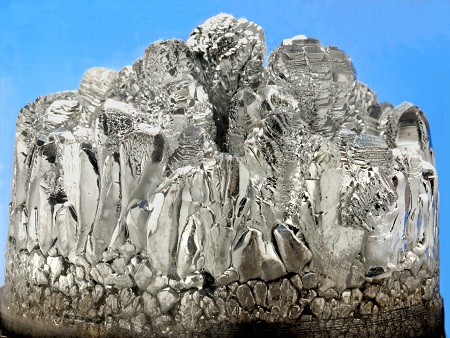Magnesium is a common metal element found in abundance in the earth’s crust, and is highly valued for its structural properties. Its light weight, durability, superior strength and cost-effectiveness make it a sought after choice in the automotive, aerospace and telecommunications industries. Magnesium is often alloyed with aluminium, zinc or manganese for industrial applications and is ideal for the manufacture of parts that move at high speeds. Automotive applications include the ever popular ‘mag’ wheels as well as paddle shifters, clutch and brake pedal support brackets and manual transmission housings.

Space shuttle fuel cell separators, heat sinks and connectors are some of the magnesium based components produced for the aerospace and electronics sectors. Magnesium and its alloys is also used in the manufacture of sporting equipment, portable power tools, luggage, and printing and textile machinery, to name just a few examples. Magnesium alloys are also being increasingly used instead of some engineering plastics, and even carbon fiber, due to their strength, high recycling capabilities, and lower cost of production. Magnesium and its alloys are however very susceptible to corrosion particularly in salt-spray conditions. This makes coating or plating magnesium or magnesium alloy components a necessity to protect them from the elements. Common methods include electrochemical plating, conversion coating, anodizing, gas-phase deposition processes, laser surface cladding and organic coatings. Plating on magnesium was developed by Dow Chemicals in the early 1950s so making it commercially viable. The plating processes is initiated by a laying down a zincate barrier, followed by a copper (usually used with cyanide) strike, and a secondary electroless nickel strike prior to metallization. As magnesium is a highly reactive substrate, the dual strike process is vital to protect the base material prior to the final plating.
Proper cleaning and pre-treating of the magnesium is essential to mitigate oxidation and ensure top quality plating results. There is nowadays, though, a move away from this more common pre-treatment process due to the increasingly restrictive regulations on the use of the zincate and / or stannate (copper / cyanide) solutions towards a more environmentally friendly acceptable and easy-to-use method. The newly proposed method is accomplished by making the magnesium or magnesium alloy the cathode of an electrolyte cell which contains an emulsion of various polyamines and / or polyamides and then rinsing the substrate in demineralized water. The secondary electroless nickel strike completes this newer pre-treatment process. There are a number of plating options to choose from depending on the finish that is desired and bearing in mind the application the product will be used for. Nickel chrome, black chrome, satin chrome, tri-metal alloy and a range of other finishes add value and functionality to the final product. Plating also improves the solder ability of magnesium parts, creates stable electronic contacts, improves electrical conductivity, thermal conductivity and diffusion, optical reflectance, fatigue strength and the overall lifespan of the magnesium and magnesium alloy components. plating can also enhance the aesthetic appearance of the magnesium components by adding lustre.

